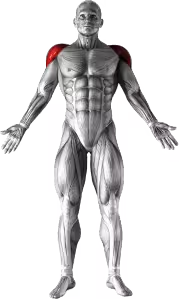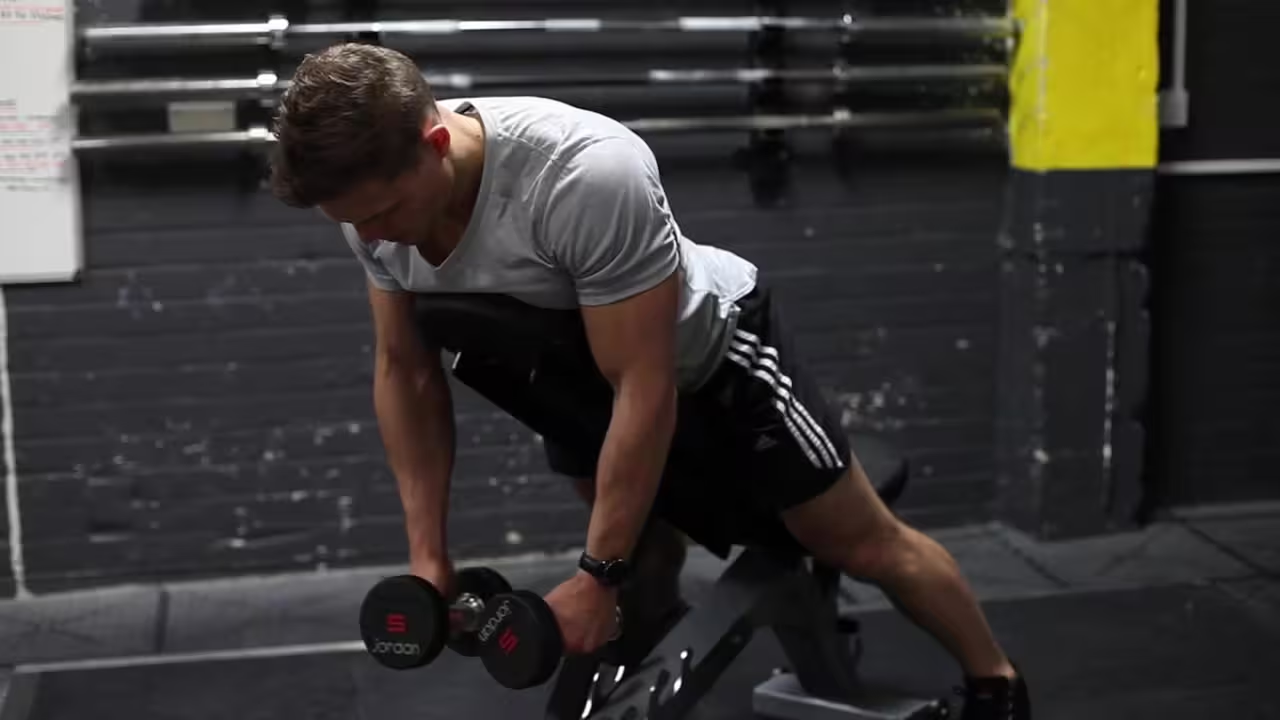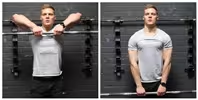The Reverse Fly is an excellent exercise for targeting the rear deltoids and upper back muscles. It helps to improve shoulder stability, posture, and overall shoulder strength. This exercise is commonly performed using dumbbells or a cable machine, and it’s ideal for anyone looking to enhance their shoulder definition and prevent muscle imbalances.
Reverse Fly Video
How to Perform Reverse Flys
Reverse Fly Images
Step-by-Step Instructions:
- Set Up Your Equipment: Choose a set of dumbbells or set the cable machine with the appropriate weight. Stand with your feet shoulder-width apart or sit on a bench, depending on the variation you prefer.
- Grip the Weights: Hold a dumbbell in each hand or grab the cables with both hands, palms facing each other.
- Position Your Body: Slightly bend your knees and hinge at the hips, keeping your back flat. Your torso should be at a slight angle, and your arms should be extended in front of you with a slight bend in the elbows.
- Perform the Reverse Fly: Slowly raise your arms out to the sides, keeping a slight bend in your elbows. Squeeze your shoulder blades together as you lift the weights.
- Lower Slowly: Lower the dumbbells or cables back to the starting position with control, fully extending your arms without letting the weights drop.
- Complete the Reps: Repeat the movement for your desired number of reps, maintaining good posture and form throughout the exercise.
Reverse Fly Benefits
- Improved Shoulder Definition: Reverse Flys target the rear deltoids, helping to improve shoulder aesthetics and overall muscle definition.
- Increased Upper Back Strength: This exercise strengthens the muscles of the upper back, contributing to better posture and a more balanced physique.
- Enhanced Posture: By strengthening the rear deltoids and upper back, Reverse Flys promote better posture and reduce the risk of rounded shoulders.
- Better Shoulder Stability: Regularly performing Reverse Flys can help to improve shoulder joint stability, reducing the risk of injury during other upper body exercises.
- Improved Athletic Performance: Stronger upper back muscles contribute to better performance in various sports and activities that require overhead motions or pulling movements.
Reverse Fly Muscles Worked
Targeted Muscles
The Reverse Fly primarily targets the rear deltoids (posterior deltoids), but also engages the upper trapezius, rhomboids, and other muscles in the upper back for stabilization and support during the movement. This exercise also engages the rotator cuff muscles for shoulder stability and health.



